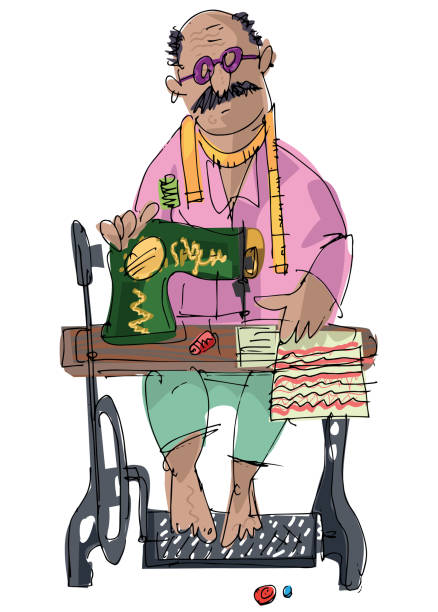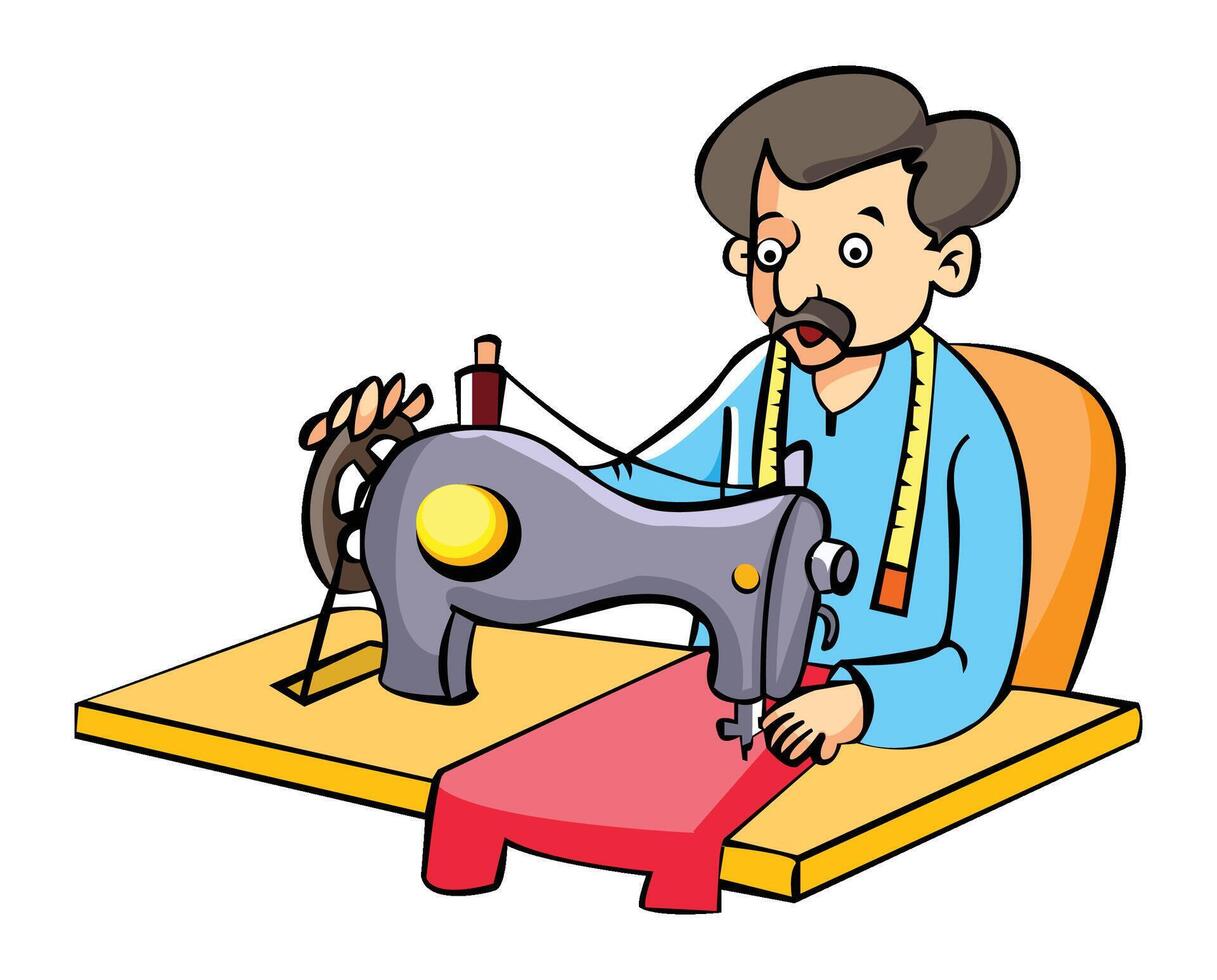Change Your Appearance with Tailor Perth: Individualized Tailoring Services
Change Your Appearance with Tailor Perth: Individualized Tailoring Services
Blog Article
Comprehending the Tailoring Process: From Fabric Selection to Final Fitting for the Ideal Closet
The tailoring process is an intricate interaction of art and science, beginning with the crucial choice of textile option and finishing in the accurate changes of final fittings. Each fabric type brings unique top qualities that influence not just the aesthetic charm but likewise the garment's longevity and viability for different events.
Relevance of Fabric Option
Selecting the ideal textile is important in the customizing procedure, as it directly affects the convenience, sturdiness, and total visual of the final garment (tailor perth). The option of textile sets the foundation for the garment's style, performance, and efficiency. Different materials have special homes, such as weight, breathability, and stretch, which can significantly affect how the garment drapes and fits the body
Moreover, fabric option affects the garment's durability and simplicity of care. Top quality materials can withstand wear and tear, keeping their appearance and framework with time, while lower-quality materials may result in pilling or fading. Furthermore, the ideal textile adds to the garment's ability to change throughout periods and occasions, therefore improving convenience.
A tailored piece made from an ideal textile not just showcases craftsmanship but additionally elevates the wearer's self-confidence. Understanding the subtleties of textile choice is paramount for any kind of tailoring endeavor. It makes certain that the last product not just satisfies the visual wishes of the customer however also straightens with functional needs, thus achieving an unified balance in between type and feature in the tailored closet.
Types of Fabrics and Their Usages
Understanding the numerous types of textiles available is crucial for making notified choices during the customizing procedure. Each textile possesses one-of-a-kind attributes that determine its suitability for details garments and events.
Its convenience allows it to be tailored into whatever from t shirts to outfits. Its natural elasticity aids garments maintain shape over time.
Silk emanates deluxe and is light-weight, making it perfect for eveningwear and fragile shirts; nonetheless, it requires careful handling due to its fragility. Linen, with its distinctive coating, is a preferred selection for cozy climates, providing a airy and crisp feeling, however it wrinkles conveniently, which might influence the garment's look.
Artificial textiles, such as polyester and nylon, offer durability and resistance to wrinkles, making them ideal for day-to-day wear and energetic apparel. Comprehending these material types and their residential or commercial properties enables much better decision-making, guaranteeing that each customized item not only fits well but additionally straightens with the designated objective and celebration.
The Tailoring Strategies Clarified
The art of customizing counts on a variety of strategies that transform fabric right into well-fitted garments. Central to this procedure is pattern preparing, where a tailor produces templates based on the customer's measurements and preferred design. This first action makes certain that the garment will fit the user correctly prior to any kind of reducing happens.
Once patterns are established, cutting techniques come right into play. Precision is critical as mistakes can result in misfitting garments. Tailors commonly use different cutting approaches, such as single-layer cutting for complex designs and multiple-layer cutting for effectiveness on common patterns.
Basting is another essential method, permitting tailors to briefly sew fabric items with each other for an initial fitting. This approach uses the opportunity to analyze the drape and general shape prior to final sewing.
Seaming techniques, consisting of french seams and flat-felled seams, improve the garment's sturdiness and visual appeal. Tailors additionally utilize techniques such as interfacing and cushioning to provide framework and shape to certain areas, like shoulders and collars.
Last but not least, completing techniques, consisting of hemming and side ending up, guarantee the garment's durability while providing a polished appearance. Together, these strategies create the backbone of efficient customizing, leading to splendid, tailor-made garments.
Suitable Adjustments and Considerations

Key considerations consist of the shoulder fit, which needs to neither droop neither restrict motion, and the sleeve size, which must enable comfortable arm activity while keeping a sleek look. Furthermore, adjustments at the midsection can improve the silhouette, with alternatives to allow out or absorb fabric as required.
The increase of trousers you could try here is one more essential variable; it ought to rest easily above the hips without causing discomfort, enabling simplicity of activity. Hemming lengths for both trousers and skirts must mirror the wearer's recommended style while respecting percentages.

Maintaining Your Tailored Clothes
Appropriate maintenance of customized garments is necessary to preserving their fit and look gradually. To guarantee durability, routine cleaning is vital. Constantly adhere to the care tag instructions, which might suggest completely dry cleaning for fragile textiles or device washing for more durable materials. Stay clear of constant laundering, as this can put on down the textile and modify the garment's form.
Storage space is similarly vital; usage padded hangers for jackets and layers to preserve shoulder structure, and shop pants folded nicely or hung to protect against creasing. Shield garments from straight sunshine, which can fade colors and damages fibers.
Furthermore, periodic inspections for minor repair work can prevent bigger problems. Look for loosened buttons, fraying joints, or indicators of moth damage, addressing these troubles immediately to maintain the garment's stability.
Last but not least, think about seasonal rotation. Using tailored items in moderation allows textiles to recover, expanding their life expectancy. By implementing these upkeep techniques, you can guarantee that your customized garments stay as pristine as the day you initially used them, improving your perfect wardrobe for several years to come.
Final Thought
The tailoring procedure, encompassing material selection, skilled methods, and precise fitting changes, plays an essential duty in developing garments that boost both comfort and design. Each stage adds to the overall performance of the final item, making sure that garments not just fits well however likewise mirrors individual identity. Comprehending the relevance of maintenance prolongs the life of customized garments, strengthening their worth in a well-curated closet. An extensive technique to tailoring finishes in a refined and positive appearance.
Selecting the right fabric is important in the customizing process, as it directly influences the convenience, resilience, and overall visit their website visual of the last garment. The choice of fabric sets the structure for the garment's capability, design, and efficiency. visit this site right here Different fabrics have one-of-a-kind homes, such as weight, stretch, and breathability, which can dramatically influence exactly how the garment drapes and fits the body.
The art of tailoring counts on a range of techniques that change material into well-fitted garments.The customizing procedure, encompassing textile choice, competent techniques, and specific suitable adjustments, plays a critical function in creating garments that boost both comfort and design.
Report this page